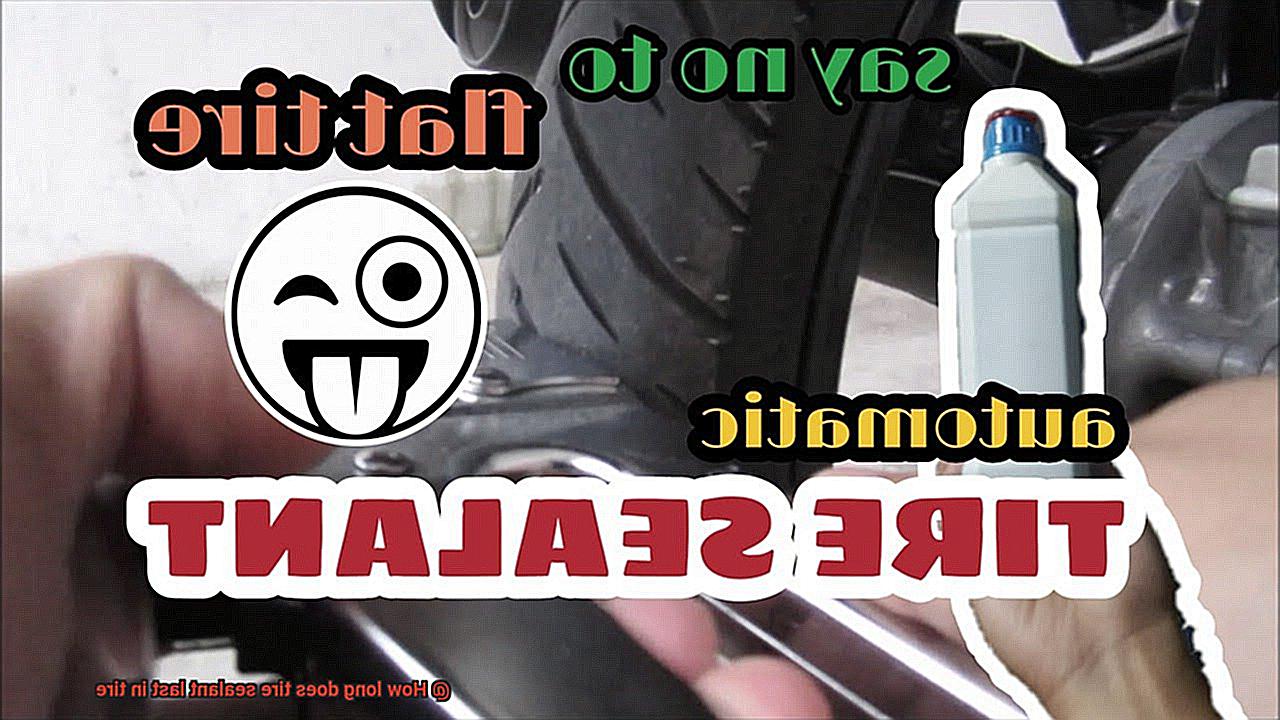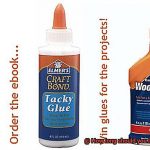Hey there tire enthusiasts.
Contents
Today, we’re diving into the captivating realm of tire sealants and their lifespan. You know those pesky punctures that always seem to strike at the most inconvenient moments?
Well, fear not, my friends, for tire sealants are the heroic saviors that swoop in to save the day, expertly patching up those holes and keeping you cruising along. But have you ever pondered just how long these incredible sealants actually last in your tires?
From the resilience of popular sealant brands to gripping tales of real-life tire rescues, get ready for a smooth and enlightening ride on this thrilling adventure into tire sealant durability.
Types of Tire Sealants
When it comes to fixing a flat tire, tire sealants are a popular choice for many vehicle owners. These handy substances can temporarily seal punctures and leaks, allowing you to safely drive your vehicle to a repair shop. But with so many different types of tire sealants available on the market, how do you know which one is right for you? Let’s explore the various types of tire sealants and their pros and cons.
Latex-Based Sealants: The Most Common and Widely Used
Latex-based sealants are the go-to choice for most vehicle owners. These sealants are made from a liquid latex compound that is injected into the tire through the valve stem. Once inside, the latex forms a protective layer that seals any punctures or leaks. The advantages of latex-based sealants include their effectiveness at sealing punctures up to around 1/4 inch in diameter and their versatility, as they can be used in both tubeless and tubed tires. However, they typically last for about six months to a year before they begin to dry out and lose their effectiveness.
Synthetic-Based Sealants: Durability and Performance
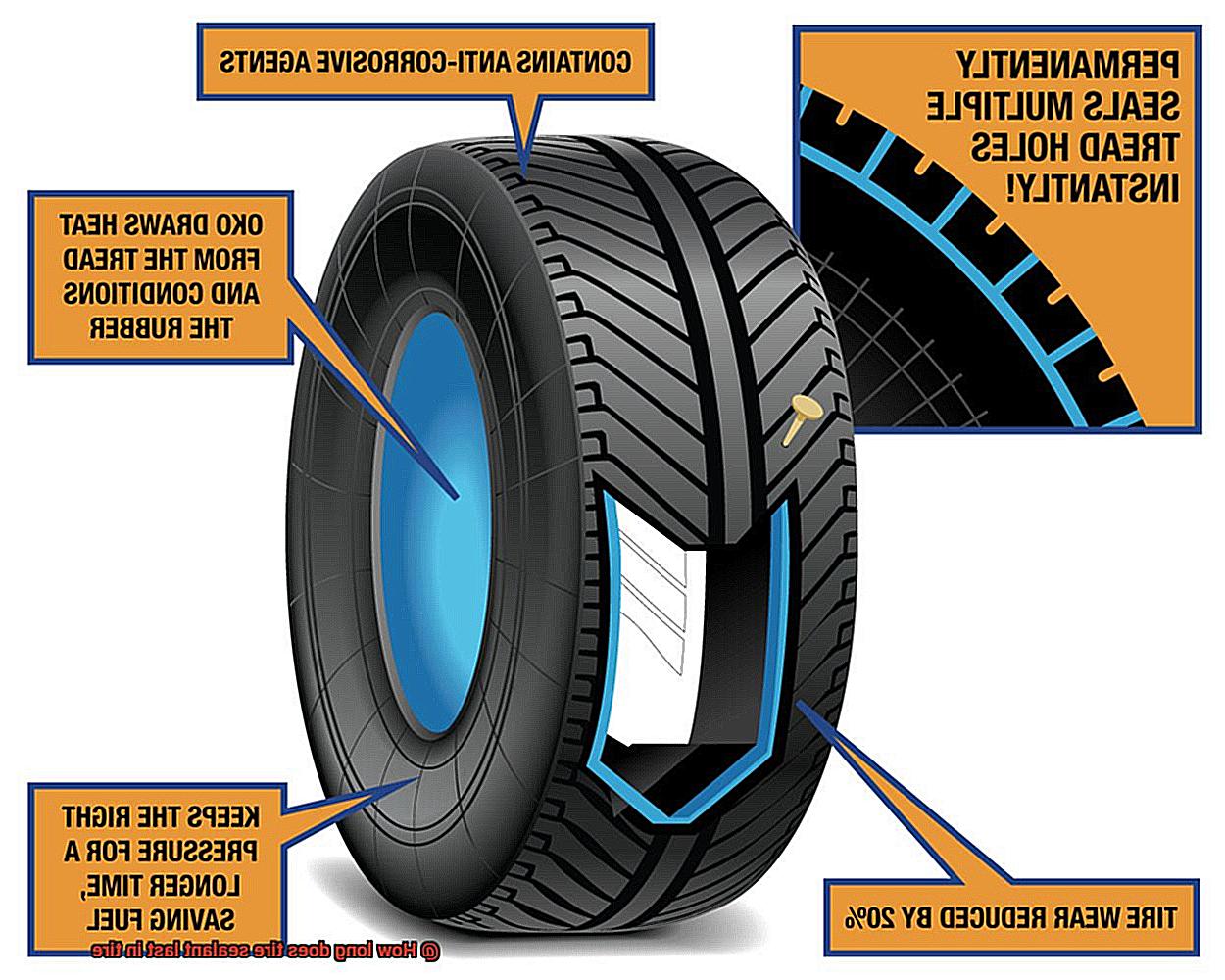
If you’re looking for a longer-lasting solution, synthetic-based sealants may be your best bet. These sealants are made from a mixture of chemicals and polymers that quickly seal punctures and leaks. Synthetic sealants can provide instant sealing action and are effective at sealing larger punctures than latex-based sealants. They generally have a lifespan of one to three years before they start to degrade, making them more durable but also more expensive than latex-based options.
Fiber-Based Sealants: A Temporary Fix for Larger Punctures
For larger punctures or cuts in your tire, fiber-based sealants can provide a temporary fix until you can properly repair or replace the tire. These sealants contain fibers or particles that create a physical barrier, plugging the hole and preventing air from escaping. Fiber-based sealants are effective at sealing punctures up to 1/2 inch in diameter, but they typically have a shorter lifespan of around three to six months.
Specialized Sealants for Specific Applications
In addition to the common types of tire sealants mentioned above, there are also specialized sealants available for specific applications. For example, off-road or ATV tires may require a more robust sealing solution due to extreme conditions. There are also eco-friendly tire sealants made from natural ingredients that are non-toxic.
Choosing the Right Tire Sealant for Your Needs
When selecting a tire sealant, consider factors such as the type of tire you have, the size of punctures you are likely to encounter, and the expected lifespan of the sealant. It’s important to follow the manufacturer’s instructions for installation and maintenance to ensure optimal performance and longevity. Remember, tire sealant is not a permanent solution and should only be used as a temporary fix until proper repair or replacement can be made.
In conclusion, tire sealants are a convenient and cost-effective way to temporarily repair punctures on the go. By understanding the different types of tire sealants available and their advantages and disadvantages, you can make an informed decision that suits your specific needs.
Latex-Based Sealants
Look no further than latex-based sealants to keep your tires in top shape. These incredible tire sealants are made from a combination of liquid latex and other additives that help it stick to the inside of the tire, creating a temporary seal when a puncture occurs.
But how long do these sealants actually last, and how can you determine when it’s time to replace them? The lifespan of latex-based sealants can vary depending on several factors, including the type of puncture and the conditions in which the tire is used. Generally, you can expect these sealants to last anywhere from a few weeks to several months before they start to dry out and lose their effectiveness.
Regularly checking your tire pressure is key. If you notice that your tire is losing air more frequently or that the pressure is consistently lower than usual, it may be a sign that the sealant is drying out and needs to be replenished or replaced. You should also inspect the sealant for any signs of drying or deterioration. If it looks cracked or clumpy, it’s definitely time for a new batch.
In addition to these visual cues, some latex-based sealants even come with handy lifespan indicators. These indicators can include color change or a specific time frame, making it even easier to determine when it’s time for a replacement. So keep an eye out for these convenient features when choosing your tire sealant.
Synthetic-Based Sealants
Synthetic-based sealants are like high-tech superheroes of the tire sealant world. They are formulated using synthetic materials instead of natural rubber compounds, making them strong and durable. These sealants contain a powerful combination of synthetic polymers, fibers, and additives that work together to create an unbeatable seal.
The synthetic polymers in the sealant fill in punctures and small leaks, stopping air from escaping. The fibers reinforce the seal, providing extra strength to the repaired area. And the additives enhance the sealant’s performance, protecting it against heat, moisture, and other environmental factors.
One of the major advantages of synthetic-based sealants is their ability to withstand high temperatures without drying out or breaking down. Unlike some natural rubber-based sealants that quickly lose their effectiveness, synthetic-based sealants can last for a long time. They provide long-lasting protection and repair for your tires.
The lifespan of a synthetic-based sealant depends on factors like the product’s quality, the size of the puncture or leak being repaired, and driving conditions. On average, these incredible sealants can provide effective sealing and repair for several months to several years. However, it’s essential to regularly inspect both the tire and the sealant to ensure they are still intact and providing adequate protection.
Fiber-Based Sealants
Are you tired of dealing with pesky punctures and tire leaks? Look no further. Fiber-based sealants are here to save the day. These sealants, with their web-like structure and durable fibers, offer long-lasting protection for your tires.
So, buckle up and get ready to discover the superhero of tire sealants.
Benefits of Fiber-Based Sealants:
- Superior Durability: Traditional liquid sealants may dry out or degrade over time, but fiber-based sealants have a longer lifespan. The strong fibers create a physical barrier that remains intact even after the liquid portion has evaporated or been consumed by the tire. This means ongoing protection against punctures for an extended period.
- Effective Puncture Prevention: The tiny fibers in these sealants form a web-like structure that fills in gaps and prevents air from escaping. This sealing power is especially beneficial for preventing punctures caused by nails, screws, or other sharp objects on the road.
- Enhanced Tire Performance: By minimizing air loss due to punctures and leaks, fiber-based sealants help maintain optimal tire pressure. This leads to improved fuel efficiency, better handling, and increased overall tire lifespan.
Lifespan of Fiber-Based Sealants:
- Quality Matters: Opt for higher-quality sealants with stronger fibers, as they are likely to last longer compared to lower-quality alternatives.
- Frequency and Severity of Punctures: If your tires frequently encounter punctures or face significant damage from larger objects, more frequent reapplication may be necessary.
- Environmental Factors: Extreme temperatures can accelerate fiber degradation, reducing the overall lifespan of the sealant. Storing your vehicle in a cool and dry environment can help prolong effectiveness.
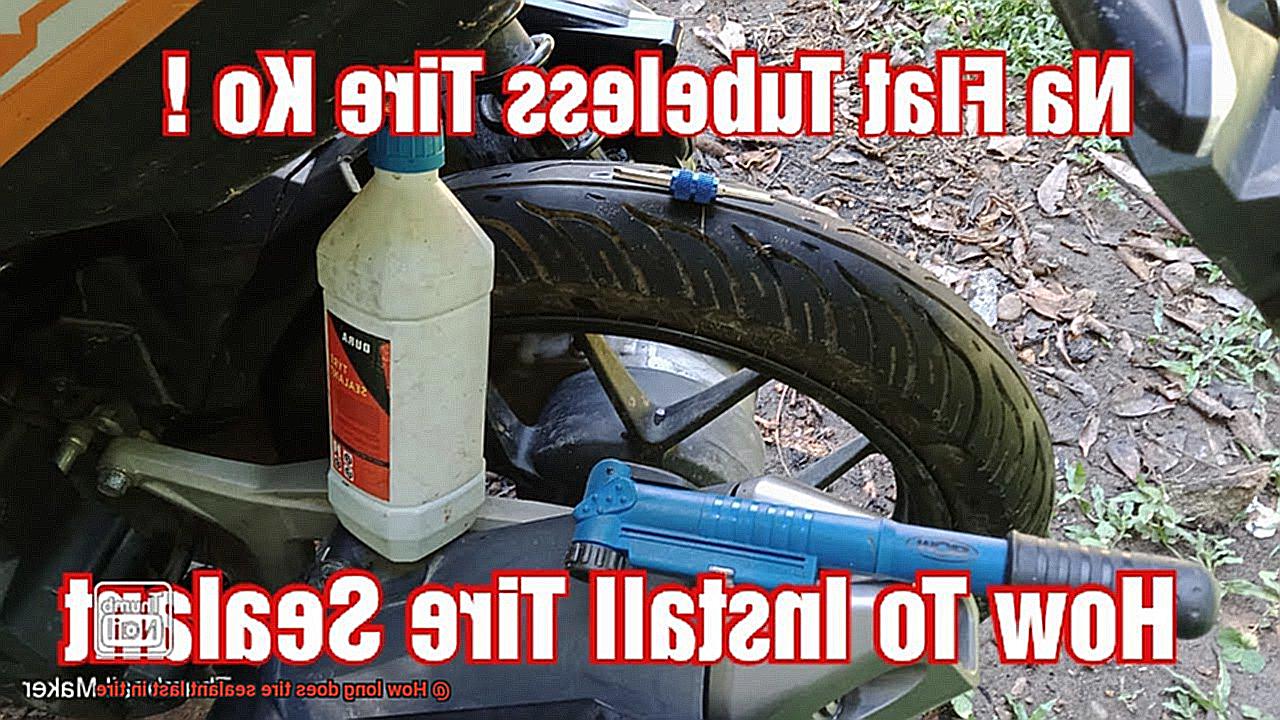
Upkeep of Fiber-Based Sealants:
- Regular Maintenance: Periodically check tire pressure and visually inspect tires for signs of damage or leaks. Remove foreign objects and reapply sealant as needed.
- Stay Vigilant: Watch for changes in tire performance, such as sudden drops in pressure or unusual handling, which may indicate the need for attention.
- Storage Matters: Store your vehicle in a cool and dry environment to ensure optimal sealant performance.
Factors That Affect Tire Sealant Longevity
Tire sealants are a popular solution for preventing and repairing punctures in tires. However, their effectiveness and longevity can be influenced by several factors. In this blog post, we will explore the key factors that affect tire sealant longevity and provide tips on how to extend its lifespan. By understanding these factors, you can make informed decisions and maximize the benefits of tire sealants.
Quality of the Sealant:
Investing in a high-quality tire sealant is essential for long-lasting performance. Premium sealants are formulated with durable materials such as synthetic fibers or polymers, which can withstand various road conditions and temperature changes. These sealants provide a stronger and more reliable seal, reducing the chances of leaks or punctures.
Type of Tire:
The type of tire you use can also impact the longevity of tire sealant. Tubeless tires are generally more compatible with tire sealants compared to tires with tubes. Tubeless tires have a better seal and are less prone to leaks, allowing the sealant to stay in place for a longer period.
Climate and Temperature:
Extreme weather conditions can affect how long tire sealant lasts. High temperatures can cause the sealant to dry out or become less effective over time. On the other hand, freezing temperatures can cause the sealant to freeze, losing its ability to seal punctures effectively. Storing your vehicle in a cool and dry environment can help prolong the effectiveness of tire sealants.
Maintenance and Care:
Regular maintenance and care are crucial for extending the lifespan of tire sealants. It is important to check your tire pressure regularly and ensure it is within the recommended range. Properly inflated tires reduce the risk of punctures and prevent excessive strain on the sealant. Additionally, cleaning your tires regularly and removing any debris or buildup can enhance the longevity of the sealant.
Driving Habits:
Your driving habits can significantly impact how long tire sealant lasts. Aggressive driving, such as rapid acceleration, hard braking, or sharp turns, increases the likelihood of punctures or leaks. Practicing defensive driving techniques can help minimize the risk of tire damage and prolong the effectiveness of the sealant.
Puncture Size and Location:
The size and location of a puncture can affect how long the sealant lasts. Smaller punctures caused by nails or screws are more likely to be effectively sealed by the sealant. However, larger punctures or sidewall damage may require additional repairs or even tire replacement. It is important to assess the severity of the puncture and consult a professional if necessary.
Age of the Sealant:
Tire sealants have a shelf life, and their effectiveness can degrade over time. It is essential to check the expiration date of the sealant before using it and replace it if necessary. If you have had the sealant in your tires for an extended period, it is advisable to periodically check its performance and consider replacing it if needed.
Regular Inspections for Tire Sealant
Regular inspections are vital for ensuring the continued effectiveness of tire sealant. As time goes on, tire sealant can gradually lose its ability to seal punctures and leaks due to a variety of factors, including temperature changes, exposure to UV rays, and normal wear and tear. By conducting regular inspections, you can catch any issues early and address them promptly, keeping your tires in optimal condition.
Here’s a comprehensive guide to conducting regular tire sealant inspections:
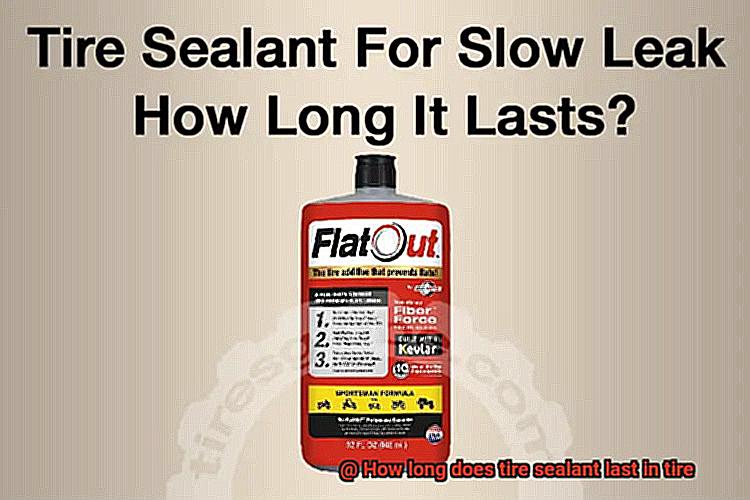
- Schedule inspections at regular intervals: Make it a habit to inspect your tires every 3 to 6 months. This frequency allows you to catch any potential problems before they escalate.
- Thoroughly check for leaks and punctures: During inspections, carefully examine your tires for any signs of leakage or punctures. Look out for visible holes, hissing sounds, or any evidence of fluid seeping out.
- Swiftly repair leaks or punctures: If you discover any leaks or punctures during the inspection, don’t delay in repairing them. Utilize a tire repair kit or consult a professional if necessary. After repairing the tire, replenish the sealant according to the manufacturer’s instructions.
- Look out for additional tire issues: Inspections are also an opportunity to identify other tire problems that may require attention. Keep an eye out for uneven tread wear, sidewall damage, bulges, or cracks. Address any additional issues as soon as possible.
- Follow manufacturer’s guidelines: Each tire sealant product may have specific recommendations for inspection and maintenance. Familiarize yourself with the instructions provided by the manufacturer to ensure proper usage and maintenance.
- Practice proper tire care and maintenance: In addition to regular inspections, it’s crucial to follow proper tire care and maintenance practices. This includes maintaining correct tire pressure, avoiding excessive speeds or harsh driving conditions, and regularly rotating your tires.
Is Tire Sealant a Permanent Solution?
Tire sealant is often marketed as a superhero-like solution for fixing punctures and maintaining tire pressure. It promises to save you from the hassle of changing tires or getting them repaired. But is it really a permanent fix, or just a temporary band-aid?
Let’s dive into the research and find out why tire sealant is not a permanent solution.
First and foremost, it’s important to understand that tire sealant is not designed to last forever. Its lifespan can vary depending on several factors, such as the type of sealant used, the size and location of the puncture, and the driving conditions.
Most tire sealants have a specific lifespan mentioned by the manufacturer. Some claim to offer long-lasting protection for several years, while others may only provide temporary relief for a few months. So it’s crucial to read the instructions and recommendations before using any specific tire sealant.
Tire sealants work by sealing punctures from within the tire, creating a temporary barrier that prevents air from escaping. However, over time, the effectiveness of the sealant may diminish due to factors like heat, tire wear, and degradation of the sealant itself.
In some cases, the sealant may dry out or become less effective after a certain period of time, requiring reapplication or replacement. So relying solely on tire sealant for an extended period without addressing the underlying issue or getting a proper tire repair is not recommended.
It’s also important to note that not all types of punctures can be effectively repaired with tire sealant. Large or sidewall punctures may require professional repair or tire replacement.
So what’s the bottom line? Tire sealant should be seen as a temporary solution to get you back on the road safely until a proper tire repair or replacement can be done. Regularly checking your tires for any signs of damage or leaks, maintaining proper tire pressure, and practicing good tire care are crucial for safe driving.
To ensure the longevity of your tires and the effectiveness of tire sealant, conduct regular inspections every 3 to 6 months. Look out for leaks and punctures, repair any issues promptly, and keep an eye out for additional tire problems like uneven tread wear or sidewall damage.
jCkPjOdGlkk” >
Conclusion
In conclusion, tire sealants are a game-changer when it comes to fixing punctures on the fly. With a wide range of options available, it’s important to know what works best for you.
The go-to choice for many is latex-based sealants. These bad boys can seal up holes as big as 1/4 inch and last around six months to a year before they start drying out. Talk about staying power.
If you’re looking for durability and performance, synthetic-based sealants are where it’s at. They offer instant sealing action and can handle larger punctures than their latex counterparts. And get this – they can keep going strong for one to three years before they start to lose their touch.
Now, let’s talk about fiber-based sealants. While they may not have the same long-lasting oomph as latex or synthetic, they still serve a purpose. Think of them as the temporary fixer-uppers for those pesky larger punctures. They’ll get you through three to six months with ease.
When choosing a tire sealant, take into account your tire type, the size of potential punctures, and how long you want that sealant to stick around. Oh, and don’t forget to follow the manufacturer’s instructions like your life depends on it (because it kinda does).
Keep in mind that tire sealant is just a temporary solution – it won’t last forever. So make sure you give your tires some TLC with regular inspections and proper maintenance.

